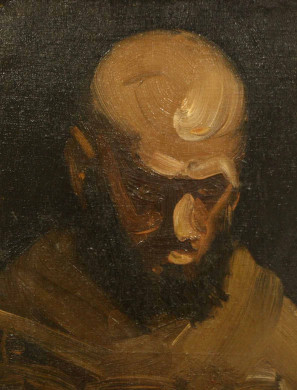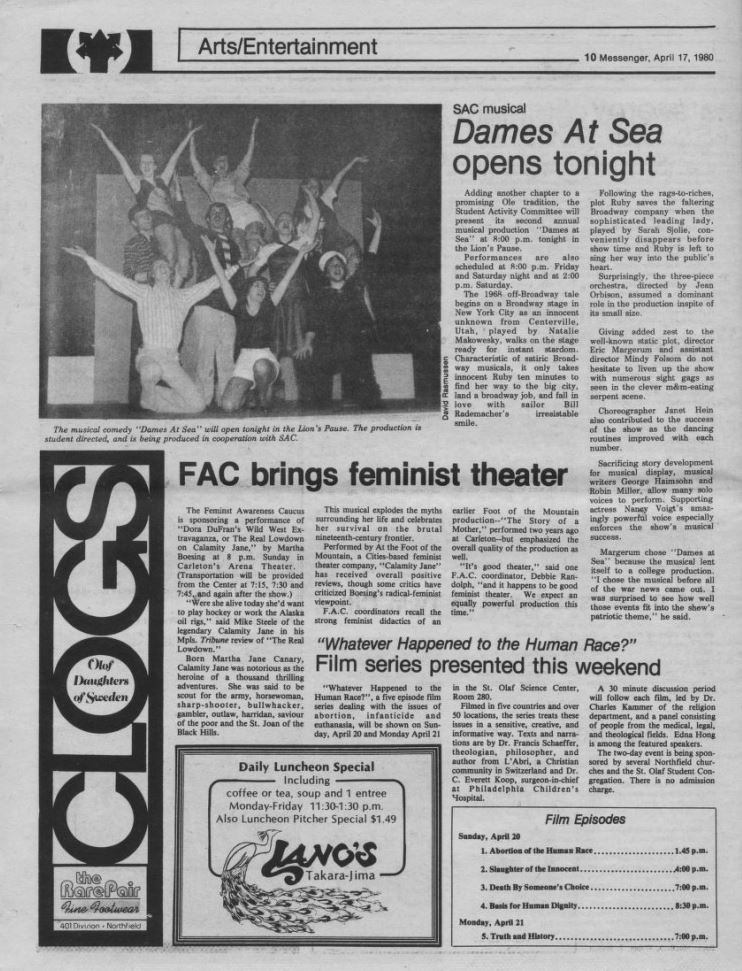While browsing St. Olaf’s Flaten Art Museum collection, I stumbled across the painting shown below, and for some reason it just caught my eye. Perhaps it was the very textured brush strokes, revealing the painter’s very deliberate actions. Maybe it was the mysterious nature of the coloring and contrast, with the shadows distorting the facial features and making it hard to get a clear grasp about what what is going on in the portrait. The title of the painting, “Head of Boxer,” gave me some clues as I started to research this painter in the hopes of uncovering the identity of whomever was being painted.

It turns out that the artist, George Wesley Bellows, was part of something called the Ashcan School of Art, a group of artists painting through realism who focused on American society in all its forms. In an online article The Art of Boxing: George Bellows, the author points out Bellows’ interest in painting boxing matches, specifically amateur boxing matches. Drawn by the intensity of the sport itself, and its rising popularity in New York, it made sense that a painter in the school of realism would be capturing these sort of events.
I couldn’t find the actual name of the boxer in this portrait, as many amateur fights were happening, and the man most likely never became famous, but searching for answers brought me through the history of boxing and provided some insight on perhaps why Bellows was capturing these fights, and what it had to do with presenting America through the light of realism.

